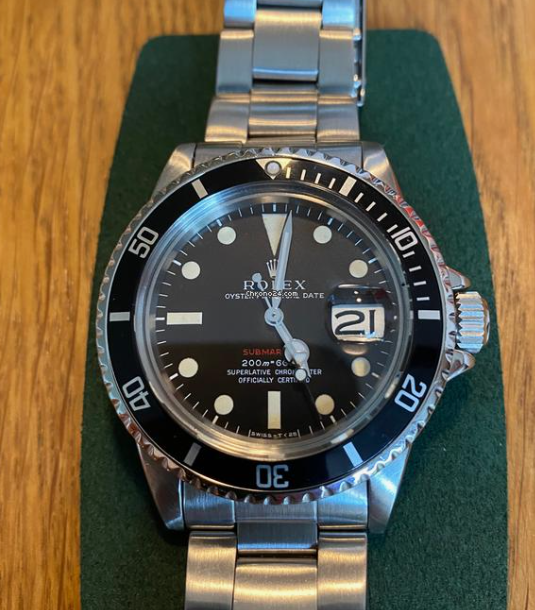- 18/10/24
- 37
- 14
- 8
Hi everyone,
it´s quite shocking for me ( and maybe some of you have the answer), how come some , theorically, rodium dials are orange, cream, pumpkin color after 20 years....and some others no.
I mean, I have found some vintage watches in chrono24 , that are supposed to be 50 year old...but the dial is crispy whitle like new... do I have to assumed that are service dials with luminova? does luminova get patina or a yellow look over time?

thanks
it´s quite shocking for me ( and maybe some of you have the answer), how come some , theorically, rodium dials are orange, cream, pumpkin color after 20 years....and some others no.
I mean, I have found some vintage watches in chrono24 , that are supposed to be 50 year old...but the dial is crispy whitle like new... do I have to assumed that are service dials with luminova? does luminova get patina or a yellow look over time?

thanks
